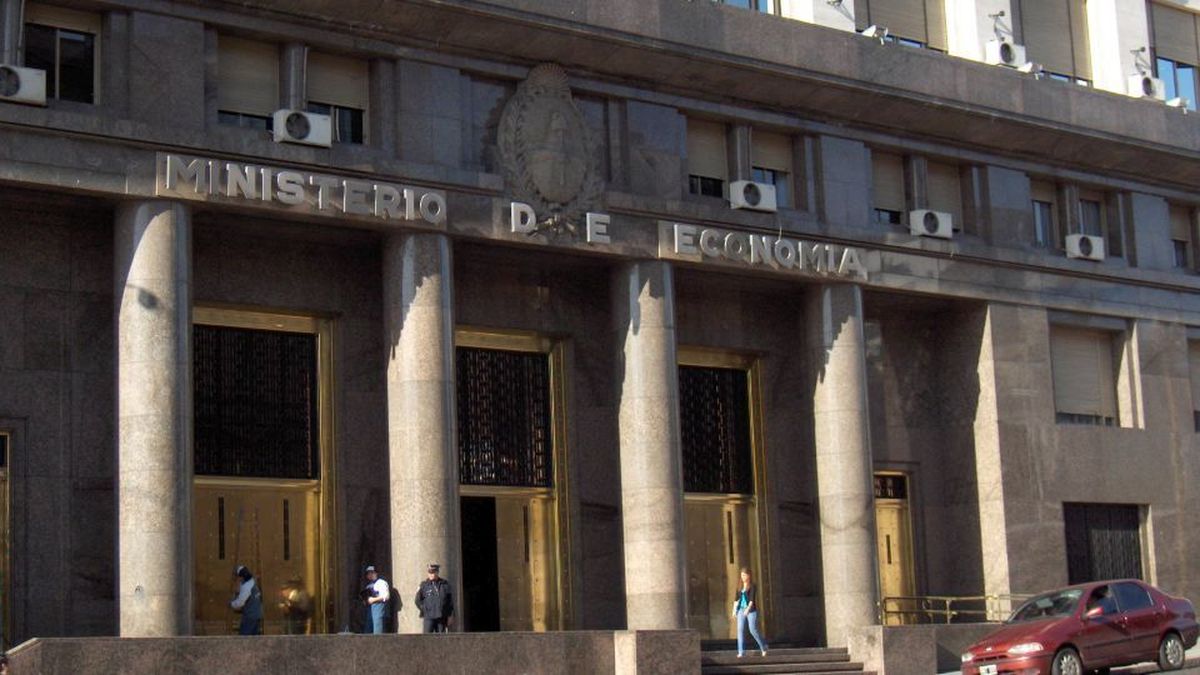The Ministry of Economy was finally able to pass a significant mass of debt maturities in pesos for a post-electoral period, without generating noise in the markets. Last year Martín Guzmán tried to do something similar through tenders, but was unsuccessful and thus contributed to deepening the climate of uncertainty that existed at that time. Now, in the market, it is expected that there will be a new exchange within three months that would serve to “clean” the ground in the second semester.
According to information from the Ministry of Economy, in the exchange of last Thursday, 64% of the bondholders entered, but in reality the figure was lower, of the order of 58%. This is because the official information included the result of the swap on January 3. However, it is still a good result, if not outstanding, say the traders.
The most important thing, and where investors point their eyes, is what the economist points out Christian Buteler: “it was the one with the least acceptance in this government but the one with the longest terms.”
“We can say that is an ‘acceptable’. It must be taken into account that there are very short-term placements of common funds and corporate treasuries that cannot be extended to 18 months and that is why it is understandable that some cannot enter”, points out the economist.
The new expiration grid was assembled as follows: in March it dropped from $0.8 trillion to $0.6 trillion; in April, from $2.5 trillion to $1 trillion; in May, from $2.1 trillion to $0.9 trillion and in June from $2.5 trillion to $0.8 trillion. In other words, there were maturities for a total of $7.9 trillion and $3.3 trillion remained standing.
On the other hand, for the stock exchange company Portfolio Personal Inversiones (PPI) “the result was not very encouraging” because it considers that the expected participation floor was 60%. The entity assumes that half of the ownership of the titles that were exchanged was in private hands, from which it deduces that only 18% would have entered. For that reason, he says in a report that “It will be very interesting to see how the market reacts to this news, especially the CER curve and if it has an impact on financial dollars.” The next bill tender will be on the 22nd of this month.
On the other hand, according to what operators consulted by Ambito revealed, It is expected that within three months, at a time when the electoral campaign begins to take flight, the Palacio de Hacienda will try to cross the last stretch it has left in 2023, with a new exchange that ends up clearing the way for December. Until now, operations of this type that the government has been carrying out could only carry everything out for three months. In that case it is a year and a half. Meanwhile, there remains a large mass of pesos rolling in the very short term in the hands of mutual funds and companies that most likely want to continue like this.
The consultant Quantum, directed by Daniel Marx, stated that “the operation itself was necessary and helps to partially decompress, although temporarily, the cash requirements in pesos from the Treasury”, which is why it concludes that the Government will have to make another exchange in a few months.
On the other hand, the markets are going to be watching to the economists of Together for Change, who have been harshly criticizing the fact that the current government is passing them a mass of debt equivalent to 20 points of the Gross Domestic Product (GDP), if leliqs and Treasury bills are added. Since the bulk of that debt is adjusted by some variable, be it inflation or the dollar, the intentions of normalizing the exchange market are going to have to be delayed. Some analyses, such as the one made by the consultant 1816 Based on recent statements by Horacio Rodríguez Larreta, they consider that At least for 2024, the next government will continue with the process of renewing maturities, trying to reduce the mass of debt.
.
Source: Ambito




